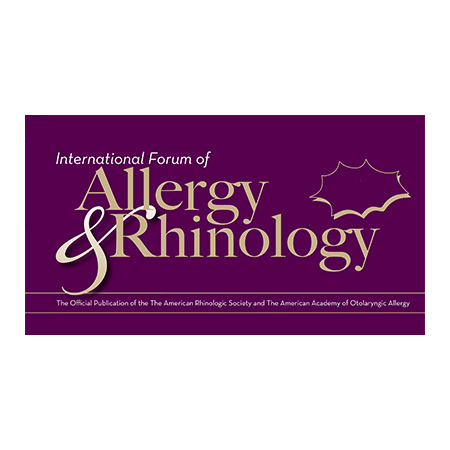New Study Moves Researchers Closer to Better Therapeutics for Patients with AFRS
 Amber Luong, MD, PhD, professor and vice chair for academic affairs in the Department of Otorhinolaryngology at McGovern Medical School at UTHealth Houston, is senior author of an article in the Journal of Allergy and Clinical Immunology that further elucidates the molecular pathways driving allergic fungal rhinosinusitis (AFRS), the subject of her research for more than 20 years.
Amber Luong, MD, PhD, professor and vice chair for academic affairs in the Department of Otorhinolaryngology at McGovern Medical School at UTHealth Houston, is senior author of an article in the Journal of Allergy and Clinical Immunology that further elucidates the molecular pathways driving allergic fungal rhinosinusitis (AFRS), the subject of her research for more than 20 years.
“We now have an understanding of the various pathways responsible for chronic rhinosinusitis,” Dr. Luong says. “Allergic fungal rhinosinusitis is a unique clinical entity that falls under the broader category of CRS with nasal polyps with Type 2 inflammation. We know that AFRS is characterized by an accumulation of fungus that fails to clear from the sinus cavities and germinates. Past studies have shown that people with AFRS have a decreased level of histatin 1, which has very strong antifungal activity. Our aim was to identify the molecular cause of this decreased level.”
With the knowledge that T-helper 17 (TH17) cells are part of the immune response critical to fighting fungus and bacteria, the researchers compared TH17 levels and signal transducer and activator of transcription (STAT) signaling among patients with AFRS, patients with chronic rhinosinusitis with nasal polyps but without AFRS, and healthy patients. They found that AFRS patients had lower levels of TH17 cells within diseased sinus mucosa.
“We asked if this a recruitment problem or a differentiation problem,” Dr. Luong says. “Naïve T cells are triggered to differentiate to TH17 cells by IL-6. When IL-6 binds its receptor on naïve T cells, it signals to another molecule, STAT3. Without a STAT3 signal, T cells don’t differentiate into TH17 cells, which are needed to initiate an antifungal immune response. This leads to a deficiency of the helpful cytokines and antimicrobial peptides in the diseased sinus mucosa of AFRS patients. We believe our findings provide support for therapeutic approaches that will enhance airway antimicrobial peptide production in AFRS patients and ultimately lead to more effective treatments.”
Reference
Sun H, Knight JM, Li Y-D, Ashoori F, Citardi MJ, Yao WC, Corry DB, Luong AU. Allergic fungal rhinosinusitis linked to other hyper-IgE syndromes through defective TH17 responses. Journal of Allergy and Clinical Immunology. 2024.